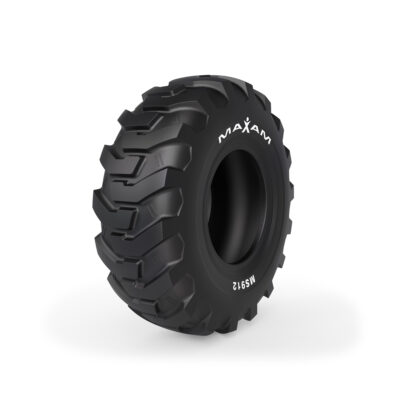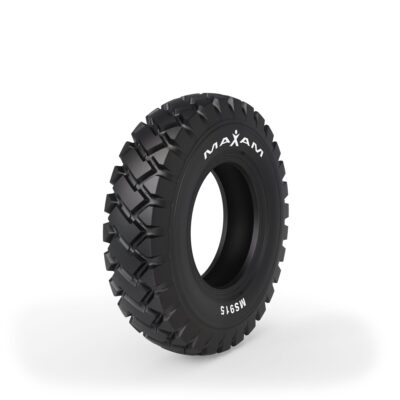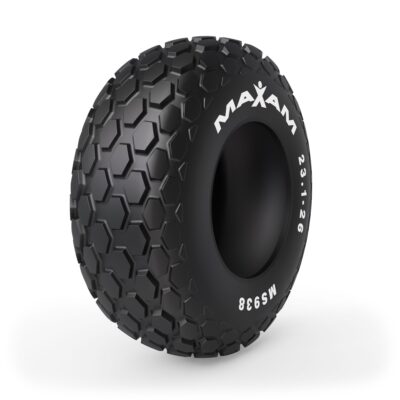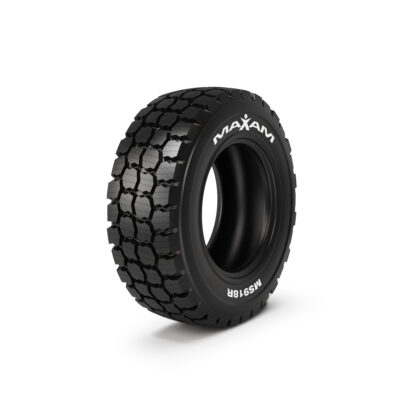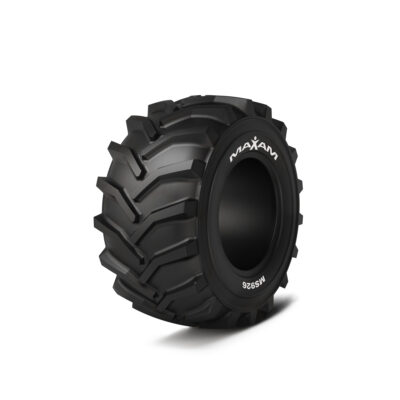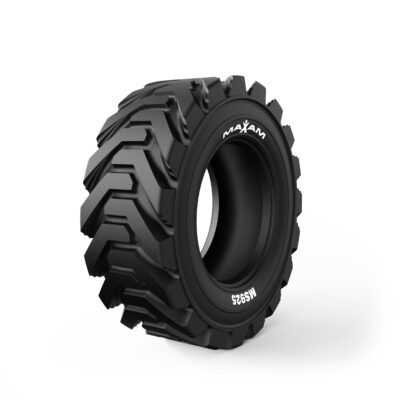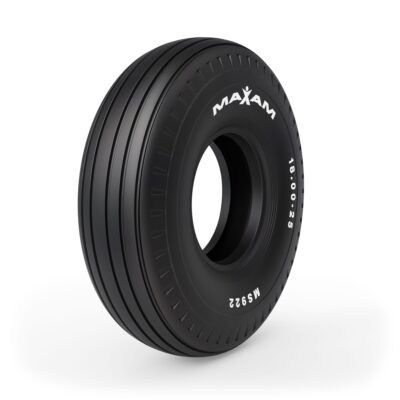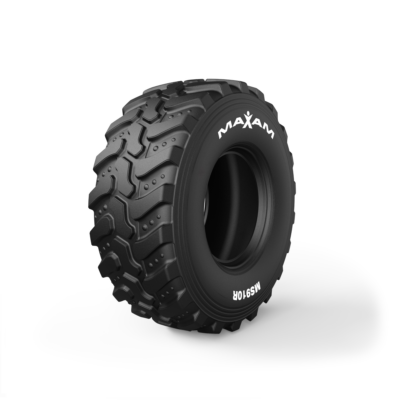Construction Equipment Tires
Discover our premium radial and bias construction tires. Whether you’re looking for a backhoe, telehandler, or skid steer tire, our wide range of construction solutions ensures the performance, traction, stability, and tire life you demand.

Outperform the job with MAXAM’s construction tires that delivers the utmost stability, durability, and reliability your operation demands.
Industry Leading Construction Tire Solutions. At the Right Value.
Whether you’re looking for a tire for a backhoe, wheeled excavator, motor grader, telehandler, aerial platform, compact wheel loader, or skid steer tire, MAXAM’s series of construction tires deliver the performance, durability, and value for the toughest construction applications. From tire design to manufacturing, MAXAM Tire supplies the industry with the highest standard tires and an industry-leading warranty.
As a leading manufacturer offering the most competitive radial and bias tires, MAXAM ensures every construction tire is purpose-built, delivering a reliable, durable, and multipurpose solution that can outlast the job.
Get the performance-driven solutions that yield the results your operation demands with the MAXAM construction series.
Find your tire below:
Grader

MS905
Grader – Telehandler Construction TiresSkid Steer
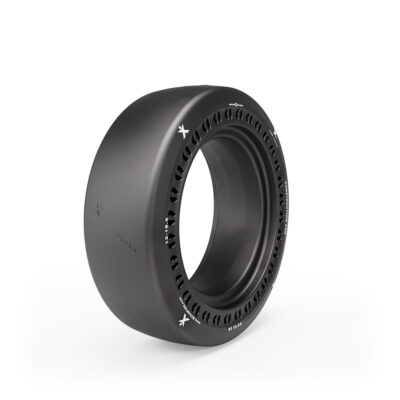
MS705
CONSTRUCTION PRO Construction Tires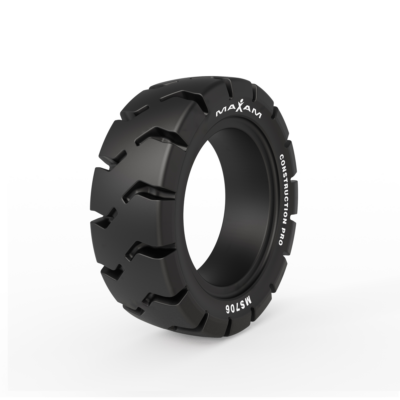
MS706
Construction Pro Construction Tires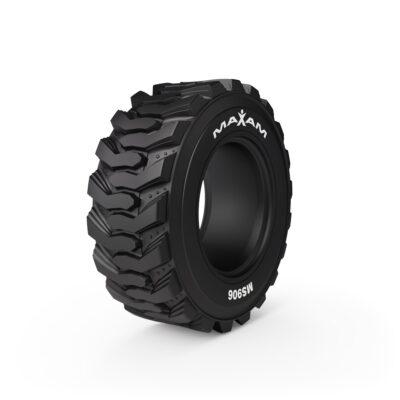
MS906
Skid Steer Construction Tires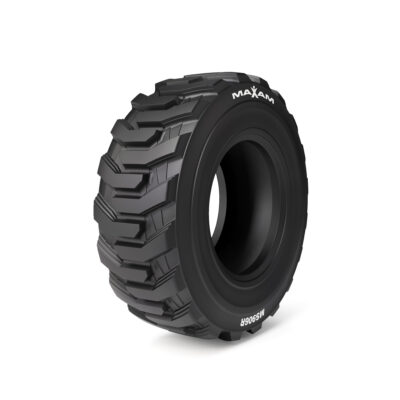
MS906R
Skid Steer Radial Construction Tires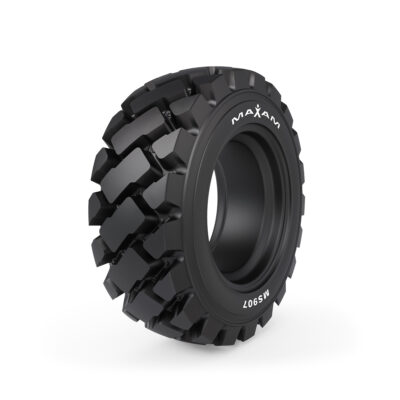
MS907
L5 Skid Steer & Backhoe Construction Tires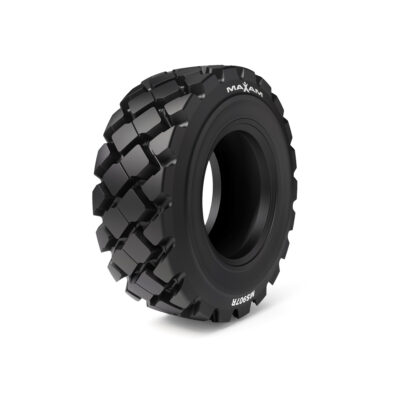
MS907R
L5 Skid Steer & Backhoe Construction Tires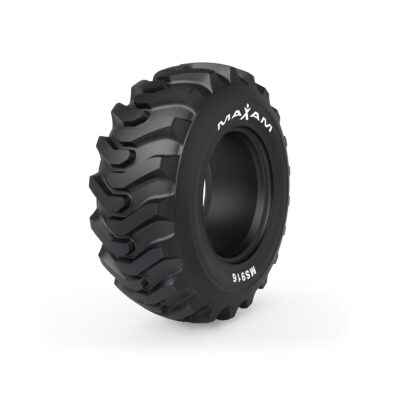
MS916
Skid Steer Construction Tires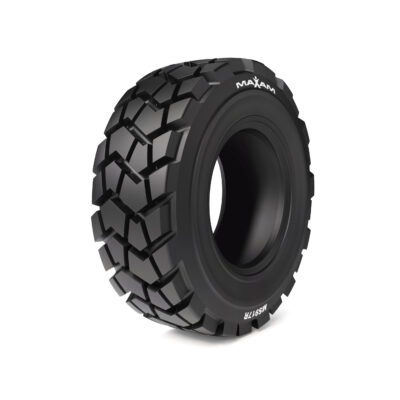
MS917R
L4 SKS RADIAL Construction TiresAerial Platform Lift

MS705
CONSTRUCTION PRO Construction Tires
MS906
Skid Steer Construction Tires
MS906R
Skid Steer Radial Construction Tires
MS907
L5 Skid Steer & Backhoe Construction Tires
MS907R
L5 Skid Steer & Backhoe Construction Tires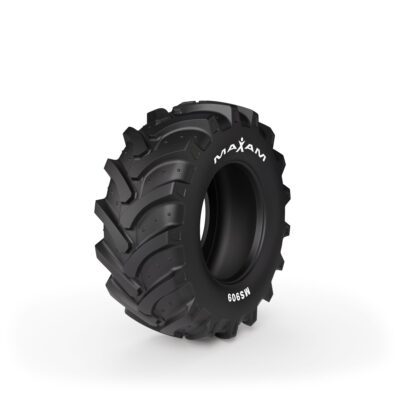
MS909
Multipurpose Construction TiresCompact Wheel Loader

MS705
CONSTRUCTION PRO Construction Tires
MS906
Skid Steer Construction Tires
MS906R
Skid Steer Radial Construction Tires
MS907
L5 Skid Steer & Backhoe Construction Tires
MS907R
L5 Skid Steer & Backhoe Construction TiresWheeled Excavators
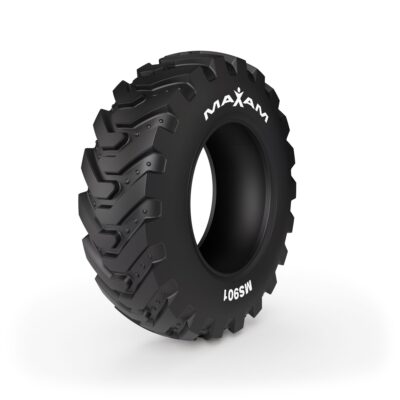
MS901
Backhoe – Industrial Service Construction Tires
MS901R
Backhoe – Industrial Service Construction Tires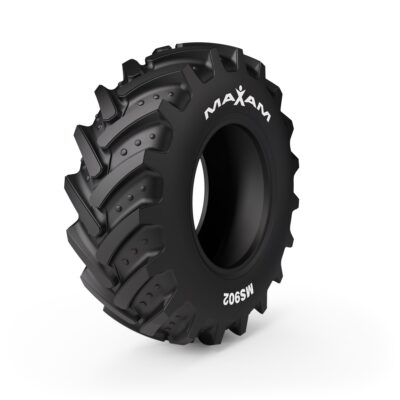
MS902
BACKHOE – INDUSTRIAL SERVICE Construction Tires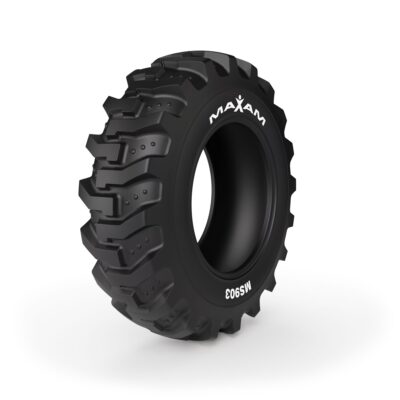
MS903
BACKHOE – INDUSTRIAL SERVICE Construction Tires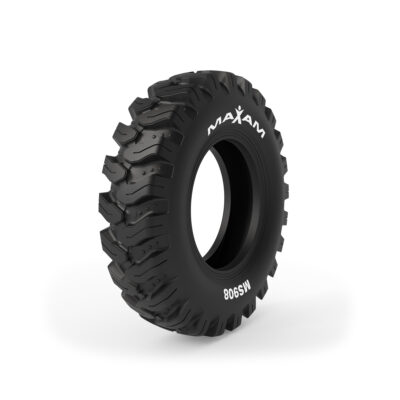
MS908
Wheeled Excavator Construction TiresTelehandler

MS709
Construction PRO Construction Tires
MS901
Backhoe – Industrial Service Construction Tires
MS901R
Backhoe – Industrial Service Construction Tires
MS902
BACKHOE – INDUSTRIAL SERVICE Construction Tires
MS903
BACKHOE – INDUSTRIAL SERVICE Construction Tires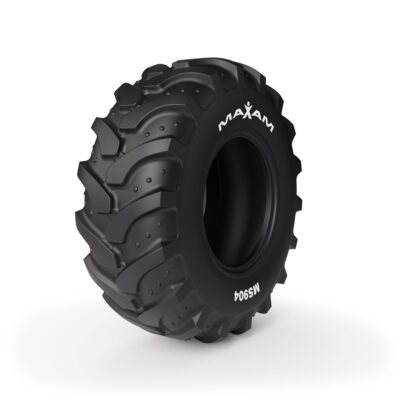
MS904
BACKHOE – INDUSTRIAL SERVICE Construction Tires
MS905
Grader – Telehandler Construction TiresBackhoe

MS705
CONSTRUCTION PRO Construction Tires
MS706
Construction Pro Construction Tires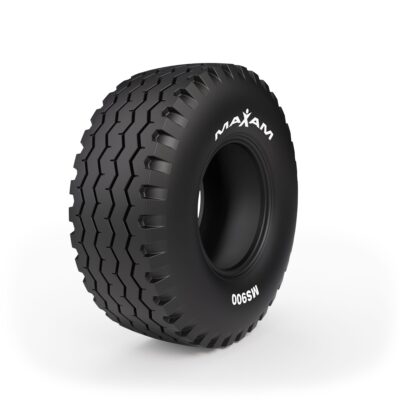
MS900
Backhoe – Industrial Service Construction Tires
MS901
Backhoe – Industrial Service Construction Tires
MS901R
Backhoe – Industrial Service Construction Tires
MS902
BACKHOE – INDUSTRIAL SERVICE Construction Tires
MS903
BACKHOE – INDUSTRIAL SERVICE Construction Tires
MS904
BACKHOE – INDUSTRIAL SERVICE Construction Tires
MS906
Skid Steer Construction Tires
MS906R
Skid Steer Radial Construction Tires
MS907
L5 Skid Steer & Backhoe Construction TiresFrequently Asked Questions
Radial, bias, and solid are the three different types of tire constructions. Each construction has its strengths and it is important to pick the correct tire for your application.
- Bias tires are made of layers of nylon plies in a crisscross pattern, placed at angles of 30-40 degrees. The plies are laid at opposing angles forming an x-pattern to which the tire tread is applied too. The main advantage of a bias ply tire is that they deliver a smooth ride on rough surfaces enhancing operator comfort and they have the ability to withstand high loads. Although, bias tires can be more sensitive to overheating and can lead to increased wear rates and fuel consumption rates.
- Radial tires are manufactured with the tire’s body plies running radially, perpendicular to the circumference of the tire allowing the tire to flex more and permitting a larger footprint. MAXAM’s radial tires achieve a longer and more even tread wear, along with delivering a higher resistance to cuts and punctures decreasing repairs costs on job sites. Disadvantages include a harder ride at low speeds on rough roads, a more rigid sidewall, and a lower grip at slow speeds.
- Solid Tires are best for tough applications that have a high risk of impact and damage. They are extremely stable, puncture resistant, and maintenance-free as they are non-pneumatic, meaning that they are not filled with air. Solid tires eliminate the threat of blowouts and can handle significantly higher weight per load than pneumatic tires. The disadvantages of solid tires are that they cannot operate at high speeds and the upfront cost is higher.
In the construction industry, time means money and with an abundance of jobs occurring, construction business owners need to make the most of every moment to maximize profits. Outfitting equipment with application-specific construction tires can help cut costs and increase productivity levels but, how do you know you are picking the correct tire for your application? Below are three main questions to ask when choosing an application-specific construction tire.
TRA Type – Do you know what type of tire you need? Each construction tire is classified by TRA Type to simplify the selection process. TRA codes refer to the tire’s classification and tread depth. For example, a TRA of L3 means the tire is a loader-classified tire with a level 3 tread depth. Keep in mind, the tread depth of the tire increases as the TRA code level increases making it crucial to understand your tires’ TRA code to ensure proper performance.
There are 4 TRA Types:
C = Compactor
G = Grader
E = Earthmoving
L = Loader and bulldozer
Within these 4 tire types, there are also different tread depths and tread patterns, for very specific uses. These differences are indicated by a number. The choice of this number should be based on the type of ground you are operating within and the tires condition of use
There are 6 different tread depths:
1: Ribbed (normal tread depth)
2: Traction (normal tread depth)
3: Normal (normal tread depth)
4: Deep (deep tread depth)
5: Very deep (very deep tread depth)
7 Flotation (normal tread depth)
Roadability – Will your machine be trailered or roaded from job to job? This is an important question to ask yourself before purchasing a tire for your construction site. A construction tire’s design and compounding will restrict how far and fast you can travel on the job site. For your convenience, MAXAM has a list of load index and speed symbols to help you sort out what series would work for your application.
Terrain – Will your machine be operating on soft or hard surfaces? Construction equipment operating in mostly soft soil or mud benefits from a tire with deep lugs. Deep lugs deliver enhanced traction, reduce slippage in soft conditions, and can have self-cleaning capabilities increasing run time on your site. Equipment working on hard surfaces benefits from a tire with a block-type tread pattern. Block-type tread patterns provide a comfortable ride, decrease the chances of suffering a flat, increase fuel economy, and wear at slower rates.
If your construction equipment operates on a job site where the puncture hazard is high, MAXAM recommends a heavy-duty tire to ensure optimum efficiency and maximum profitability. A good example of this would be a demolition site or a scrap yard. Solid tires are puncture-proof, making them ideal for reducing downtime and keeping your skid steer or telehandler moving in the most hostile job sites. Learn more about MAXAM’s solid construction tires.
To get the most out of your construction tire, you should capture as much data as possible. Understanding what you are looking to accomplish and how you are accomplishing it will allow you to make an informed decision when purchasing new tires and keep your equipment running at its full potential.
Tracking how your construction equipment is used on your site and implementing change from that information is one of the simplest ways to get the most out of your construction tires. By understanding what your operation asks your tires to do, you can further maximize efficiency, cut fuel costs, and reduce downtime. If you want to increase the profit of your operation, reach out to our team to find the right series for your application.
Resources Center
MAXAM Tire is a global leader and manufacturer of specialty tires engineered and custom built specifically for you.
EcoPoint³’s effect on reducing heat buildup
When it comes to forklift tires, heat buildup is a key contributor to tire failure. The lower the heat buildup, the more durable a tire can be.
Read MoreWhen should you replace solid OTR tires?
While solid OTR tires require zero maintenance and are built to last much longer than foam filled pneumatics, they still have a certain life span. Although these tires don’t require the maintenance pneumatic off-the-road tires require, MAXAM recommends operations inspect their solid OTR tires every now and then.
Read More